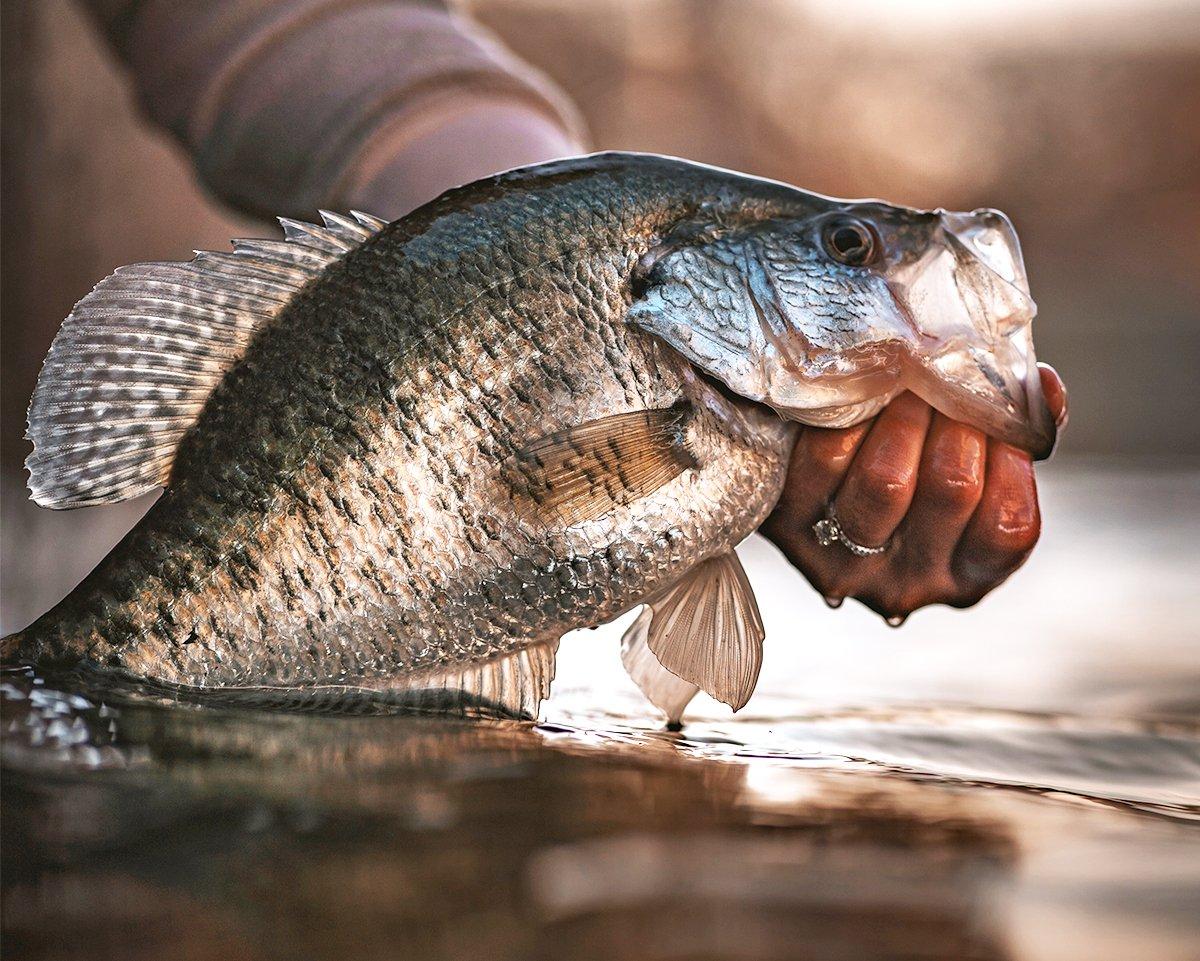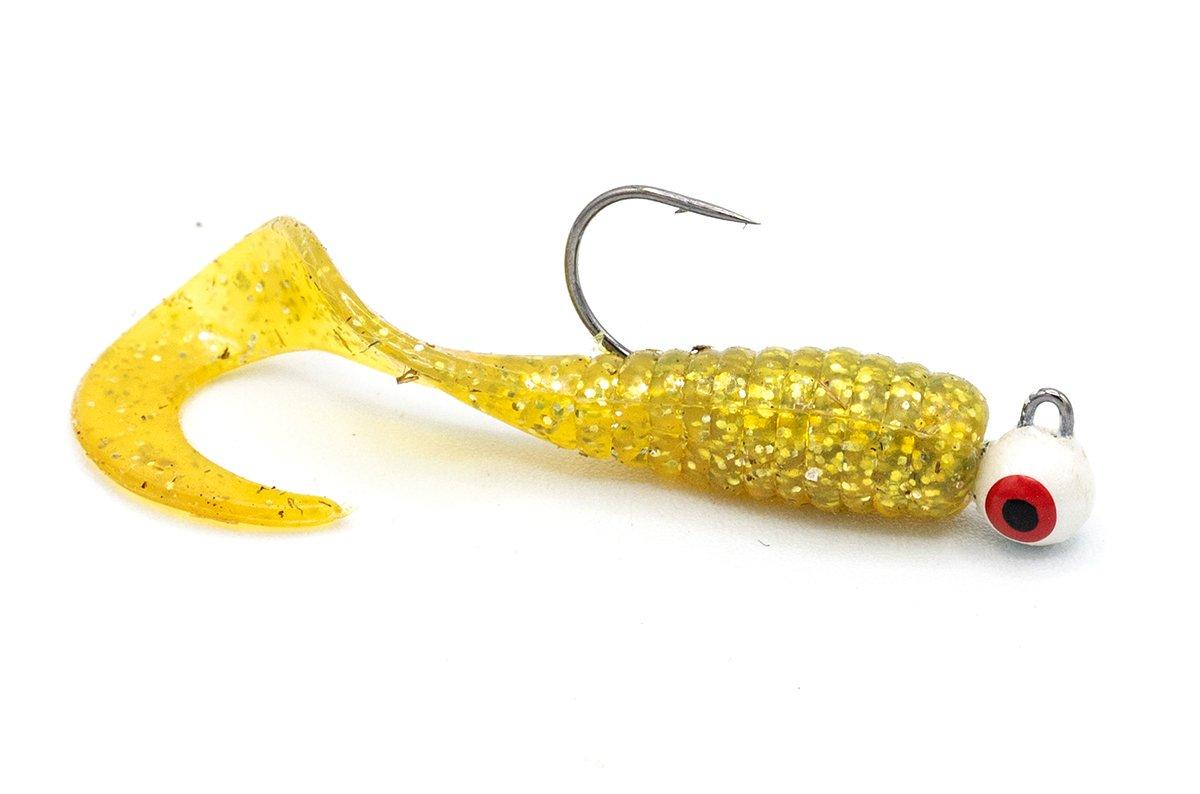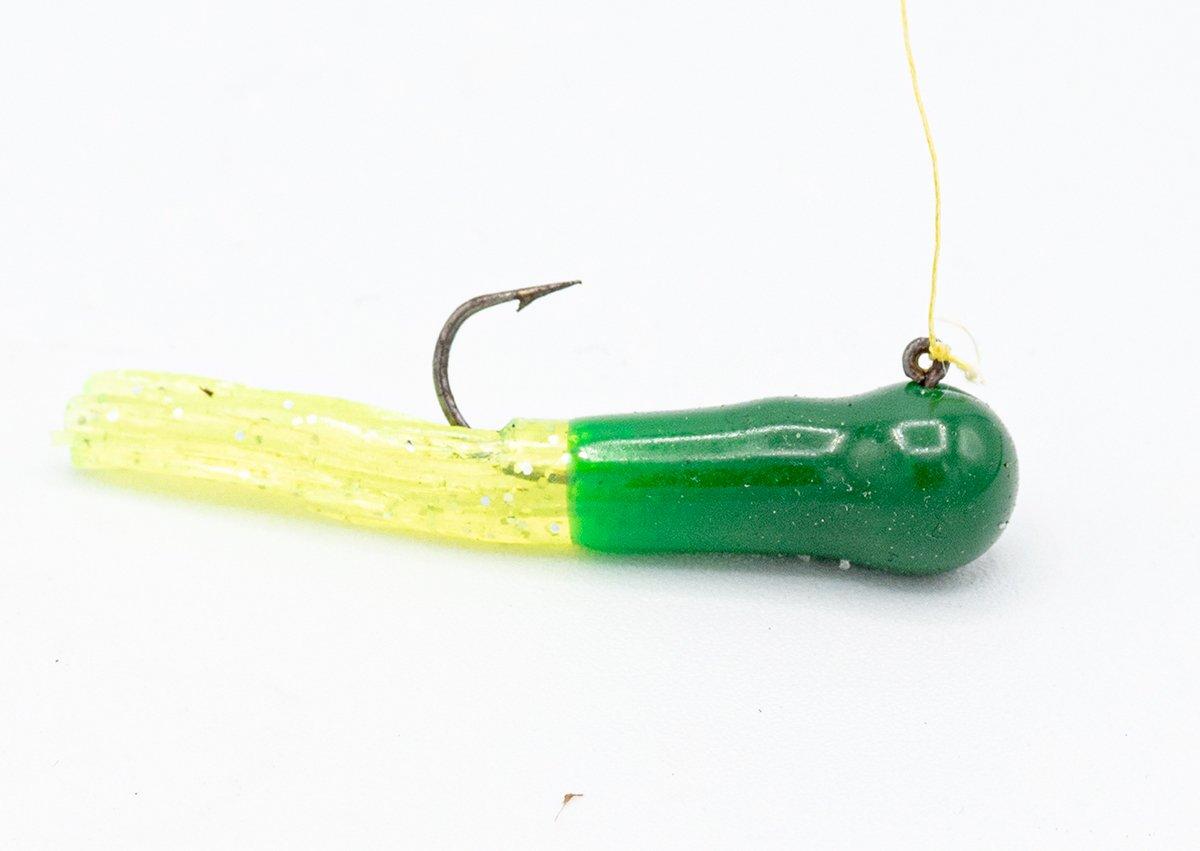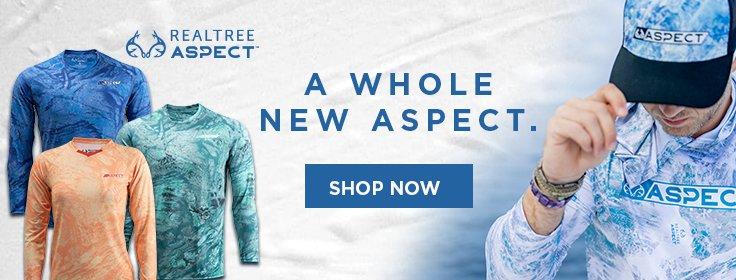You don't have to own a boat to land enough slabs for a fish fry
Remember when fishing seemed simple? When I think back to my days as a young angler, I often reflect on experiences fishing from shore. No area pond or reservoir was safe, provided I could somehow gain access, even if that meant sneaking in at night. The adventure still feels real. But I'm reminded of another aspect of those early forays: how many fish I caught.
True, most anglers have plugged from the bank for bass, and maybe caught a few bluegills along the way. But my teenage years were filled with bank-fishing trips for a bunch of species: walleyes, steelhead, pike, and even muskies in the right body of water. But today I want to talk about crappie fishing; these delectable panfish are fun to catch, and springtime is the prime time all over the country. Here are a few tips to put you well on your way to a great fish dinner, even if you don't own a boat.
1. Fish Where They Live
OK, choosing the right spot is absolutely the most important factor in fishing from the shoreline. Unlike anglers in a boat, shore-bound anglers can't move all over looking for fish. So it's critical to get in front of crappies right off the bat. Always pick a shoreline with deep-water access, regardless of time of year. True, crappies go shallow in the spring, but even the shallow spawning areas usually have deep water close by. If you can find a place that offers a nice mix of shallow brush or cover (don't forget about boat docks), with fairly deep water within casting range, you've got a winner. In reservoirs, think major creeks where the channel comes in. On natural lakes, try the outside areas of coves, or steeper shorelines. We're looking for zones where schools of fish can migrate in and take up temporary residence. Those spots won't be miles from the main lake.
(Don't Miss: The 3 Best Lures for Catching a 10-Pound Bass)
2. Outfit Yourself Correctly
When fishing from a boat, a little, whippy ultralight rod will catch you some crappies. But when shore-bound, it's important to increase your rod length. That will allow for longer casts, and the ability to keep your line up off the water (important when it's windy). Step up to a 7-foot rod, minimum, and go even longer if you can. A 9-foot, light-power rod, capable of lobbing a float rig, is ideal.
I'm a big believer in braided line, even for crappies. Braids in diameters matching 4-pound mono are ideal, and incredibly strong. This light line allows for effortless casts, and it doesn't coil up and jump off the spool of your reel. Match with a 6-pound monofilament leader at the business end, and rig everything on the mono. A quick tip: when choosing your braided mainline, don't shy away from bright colors. They come in handy when watching your line for strikes from the shoreline.
(Don't Miss: Best Lures for Crappie Fishing: Jigs vs. Minnows)
3. Keep it Simple
I never use live bait when crappie fishing from a boat. But when bank fishing, live minnows can save the day. Most of your fishing will be done soaking a bait for longer than you would from a boat, where the target of your casts is ever changing. Bank fishing is a bit less active, and sometimes the fish eye your presentation for a while before striking. A simple float rig, above a few split shots and a light-wire, long-shanked hook is ideal for bank fishing crappies. Try a slip-float if water depths are greater than about 4 feet, and vary your bait from the top to bottom of the water column.
As for artificial baits, it's hard to beat a small twister-tail on an 1/8-ounce jighead, or a Beetle Spin. Little crankbaits catch a bunch of slabs, too, and a tube under a float can often keep up with minnows during a hot bite.
(Don't Miss: 4 Rules of Early Spring Bass Fishing)
4. Try the Night Shift
Some of the best crappie fishing I have ever encountered happened at night, in the early spring, in the Midwest. Yes, it was cold. But that quickly was ignored as I reeled in slab after slab. One thing is for sure: crappies school up and move around quite a bit after dark. The best way to locate a school is to bring them to you through the use of a lantern. Riprap banks, causeways, and the faces of dams are great spots to try. Schools of fish will cruise these shorelines and stop around the edges of lights, one of which should be yours. There, they feed on the shiners and other bait attracted to the same glow. Here, the minnow rig prevails, placed just on the outside of the glowing beacon. Keep your bait high in the water column, and be prepared to wait at least an hour after sunset for the action to kick in. Sometimes, the fishing takes off at midnight, but, believe me, it's worth it.
5. Wade
Savvy shoreline anglers sometimes have to take matters into their own hands, or feet. Wading can be the best way to access the places fish live. On lakes with decent bottoms and flat shorelines with ample brush, wade-fishing can be dynamite; even better than fishing from a boat. Wading is deadly silent, and it allows anglers to make perfect, effortless casts. Here, it's best to go with the longest rod possible. In Florida, we often cane pole crappies with 12-footers, dipping right into the thickest cover. Tube jigs tied directly to braided line, without the use of a float, pay off. Be sure you know the water before diving in, and only carry a little gear. Don't forget a stringer.
This spring, don't get discouraged if you're stuck on the shore without a boat. Crappie fishing from the bank can be extremely productive, resulting in some of the best eating fish of the season. Scout a bit ahead of time, and you might find a number of anglers just like you, taking it to the bank, and going home with full stringers.
(Don't Miss: How to Catch a Trophy Crappie)













